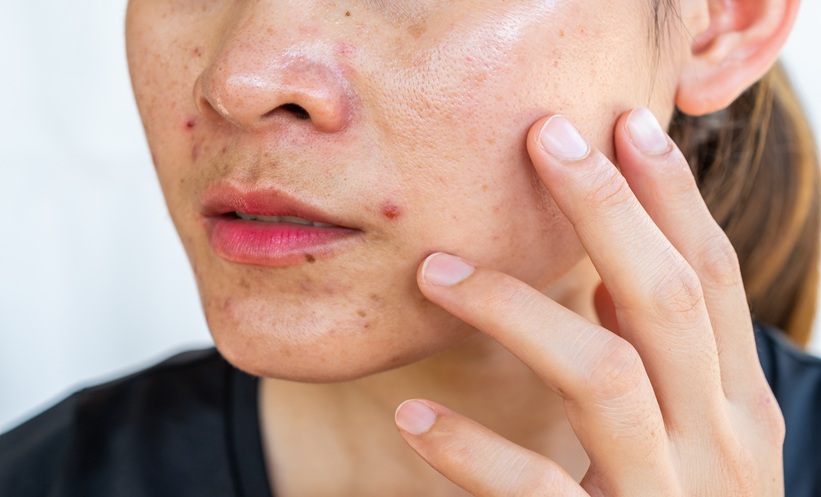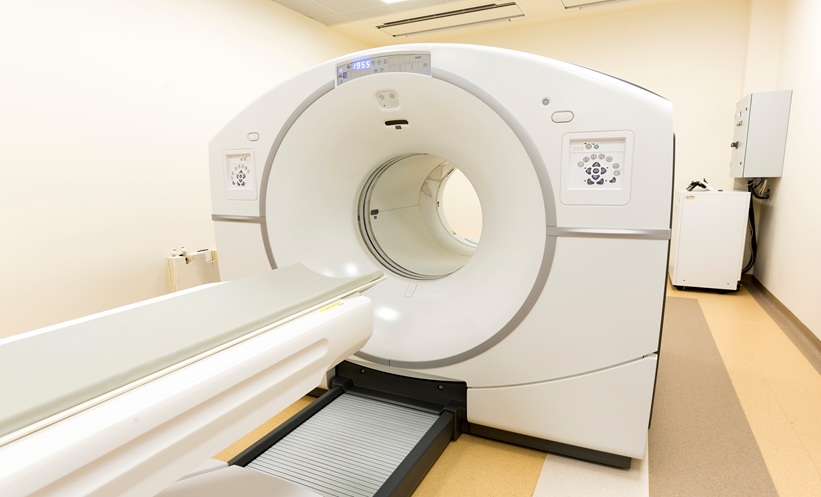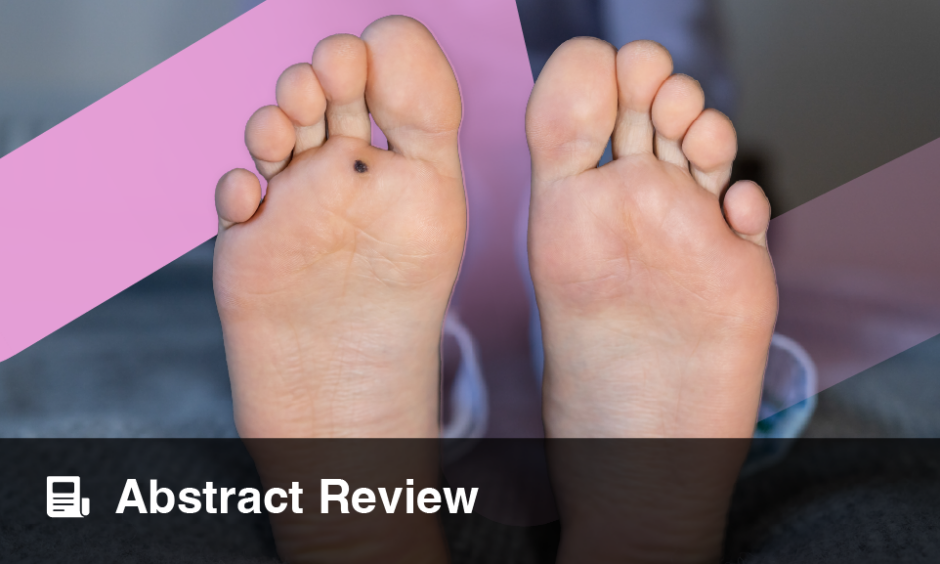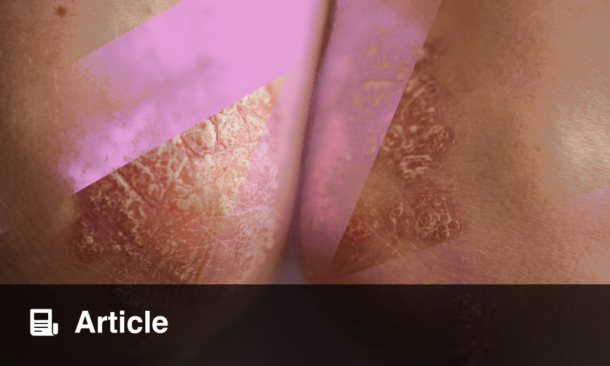A NOVEL high-intensity, high-frequency ultrasound device has demonstrated significant effectiveness in reducing facial acne scars, according to a new clinical study. The prospective, multicenter trial evaluated the impact of up to three treatments with this innovative ultrasound technology, which delivers parallel beams to induce neocollagenesis and improve skin texture.
Sixty-three participants, with an average age of 38 and diverse Fitzpatrick skin types, completed at least two treatment sessions. At the 3-month follow-up, independent blinded reviewers confirmed visible improvements in nearly all cases, with two of three reviewers correctly identifying pre- and post-treatment images for 96.8% of subjects (p<0.0001). The acne scar severity score showed a significant reduction of 1.05 units, from 2.31 to 1.26, equating to a 45.5% improvement (p<0.001). Importantly, no device-related adverse events were reported, reinforcing the safety of this ultrasound-based approach. These findings highlight a promising non-invasive option for patients seeking effective acne scar treatment without the downtime associated with more aggressive procedures. This study adds to the growing body of evidence supporting ultrasound technology in dermatology, offering clinicians a new tool to improve patient outcomes in acne scar management. Further research may explore long-term benefits and potential applications for other dermatologic concerns. Reference: Wang JV et al. High-Intensity, High-Frequency, Parallel Ultrasound Beams for Facial Acne Scars. Dermatol Surg. 2025. doi: 10.1097/DSS.0000000000004628. [Online ahead of print]. Anaya Malik | AMJ








